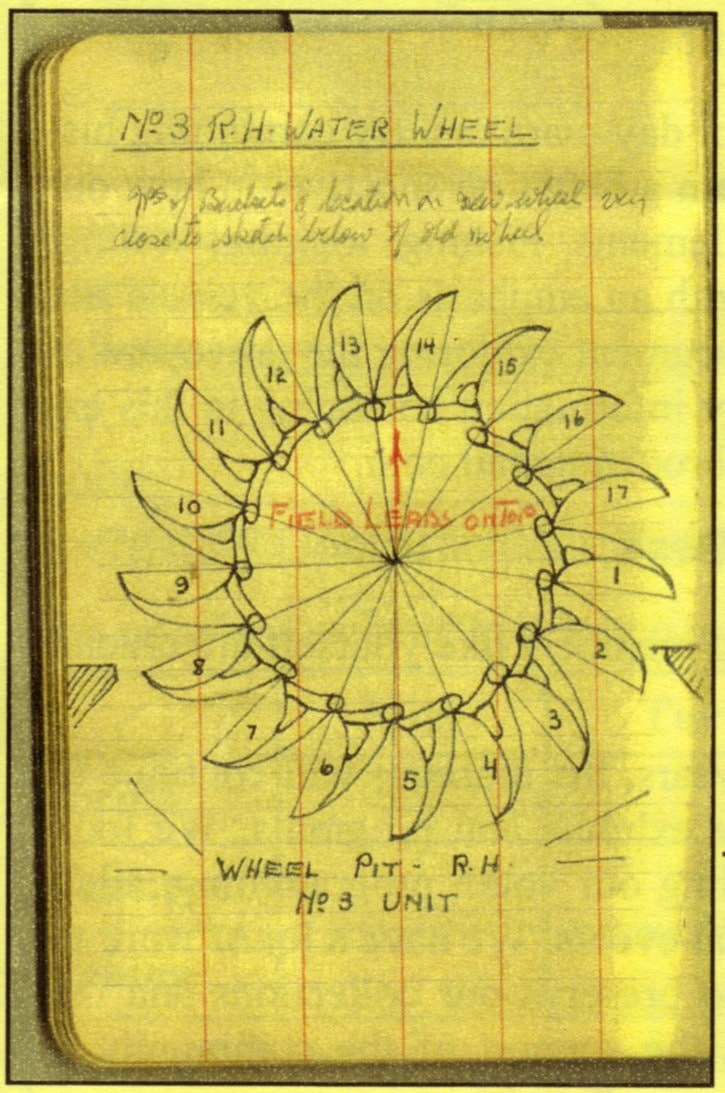collection of trophies, drawings, and record books from the Jordan River Athletic Association arrived at the Sooke Region Museum by way of a confidential donor last month. The donation consisted of extensive material from the Vancouver Island Power Company.
The artifacts and archival material spans the 40-year era from the 1910s to the1950s when Jordan River was the most active industrial, residential and social centre west of Sooke. In 1909 the Vancouver Island Power Company began the task of harnessing the Jordan River to provide electric power for the City of Victoria.
Curator of the Sooke Region Museum, Lee Boyko, is excited by the historical and archival contribution.
“I think that they’re some of the earliest information about the dam at Jordan River and how it progressed over time,” said Boyko.
The engineer’s journal started by plant superintendent D.I. Walker prior to WW1, proves to be the gem in the collection. Other employees added to the journal into the 1950s. It contains interesting facts such as the total output and water use for 1913 revealed on one page, while a hand-drawn image of a waterwheel is on another.
“The collection gives us a sense of what the community was and what the activities were. It includes the general manager’s logbook about the dam flow and the series of events from that time,” said Boyko.
Boyko first ran the museum full time in the early 1990s and he loves working as the curator because of the variety. ”You never know what’s going to walk through that door, what’s going to happen day to day,” he said. Unfortunately, too often the museum has had to turn away donations because as Boyko says, “they’re not relevant to our collection mandate.”
Other times the individual can not confirm legal ownership to the artifacts and this can also create issues.
Dating the various donations that come through the door is a tricky business explains Boyko.
“Trying to date something like an adze blade out of context is pretty much impossible. If needed we call in the experts.”
Radiocarbon dating, the most advanced technique used by archeologists and historians to determine the age of organic material, can theoretically be used to date anything that was alive any time during the last 60,000 years.
“That’s why knowing the site where the artifact was found is most important,” said Boyko. The artifacts found at Jordan River are not archeological however, they are historical.
The Sooke Region Museum is a community service supported, in part, by the taxpayers of the District of Sooke and the Juan de Fuca Electoral Area. Donations of artifacts and archival material given to the museum contribute to an understanding of our local history and allow the museum the chance to add to its collection of First Nations and pioneer exhibits and archives. Donations are always welcome but “the museum never purchases items” said Boyko. More information about the museum is available on its website: http://www.sookeregionmuseum.com/
